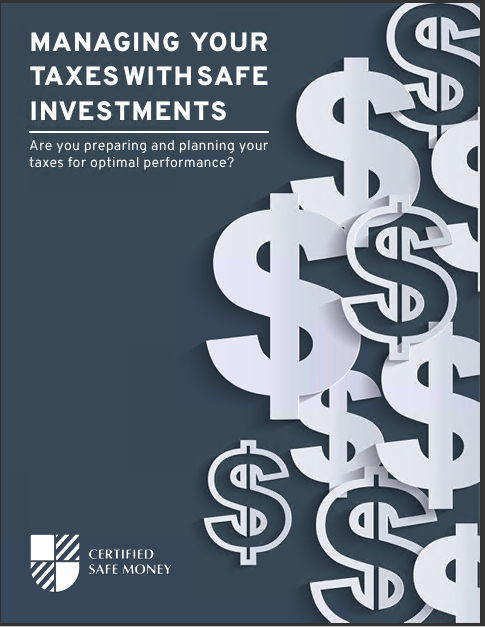Insurance is a part of everyday life, from your vehicle to your dwelling and beyond. When it comes to homeowners insurance, it protects your house against the potential damage caused by catastrophic events, including hail, hurricanes, flooding, tornadoes, and more. Coverage can also protect you and your family against liabilities should an individual be harmed while on your property or in your home. With premiums on the rise, however, growth has slowed considerably compared to 2021 and 2020. When it comes to reducing your homeowners insurance, it’s vital to understand the amount of coverage required by your household and property. Usually, a residence will need coverage such as dwelling coverage, personal property coverage, other structures coverage, additional living expenses coverage, and liability coverage. Additionally, most insurers can purchase additional homeowners coverage to help cover the risks associated with living in regions prone to specific events (i.e., hurricanes, flooding, etc.). When your home or property is protected by homeowners insurance through a reputable source, you file a claim through said insurance company whenever an event occurs. Damage through a “covered peril,†specifically in your policy, requires a claim to cover the repair costs (minus a deductible). Your deductible is an amount agreed upon at the creation of your policy. The higher the deductible, the lower the premium, which is an easy way to lower your overall bill. As insurance premiums continue to rise, a number of strategies are beginning to include an update to coverage/policies, updates to the home, and a little footwork. By shopping around for homeowners insurance upon renewal, you may discover exactly how much you are overpaying yearly. The policy premium is indicative of the type of target-market client the insurance company is looking for. To break it down, you may be paying more as a client if you don’t fit into their perfect idea of clientele. On the other hand, you will be receiving competitive pricing if you fit the profile they are looking to insure. Bundling policies alongside your homeowners insurance is another way to lower your overall insurance premium. Depending on your insurance provider, the policy bundling discount could range between 5% to 15%. Life insurance, car insurance, and even boat insurance can be bundled with your homeowner’s insurance to create a discounted package at a price point that is easier on your wallet. To get the best-bundled rate, take the time to shop other insurance companies for a rate you can afford. However, it’s important to note that you may need to end existing policies early to bundle with another company. Typically, your previous insurer will refund you the difference upon cancellation.
Contact Information:
Email: robertgay@credkeeper.com
Phone: 8777993433













